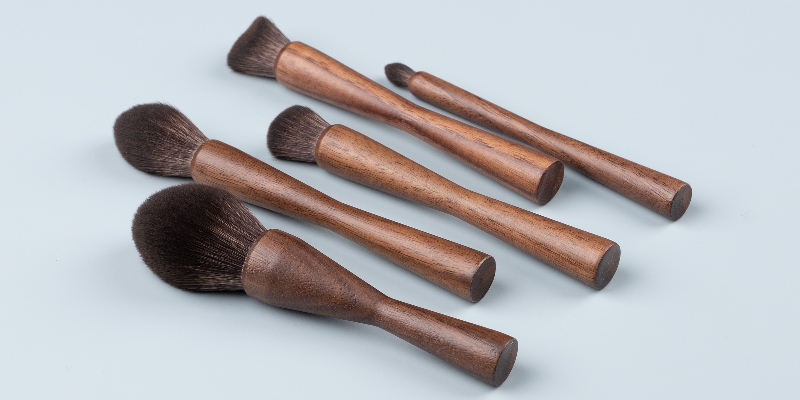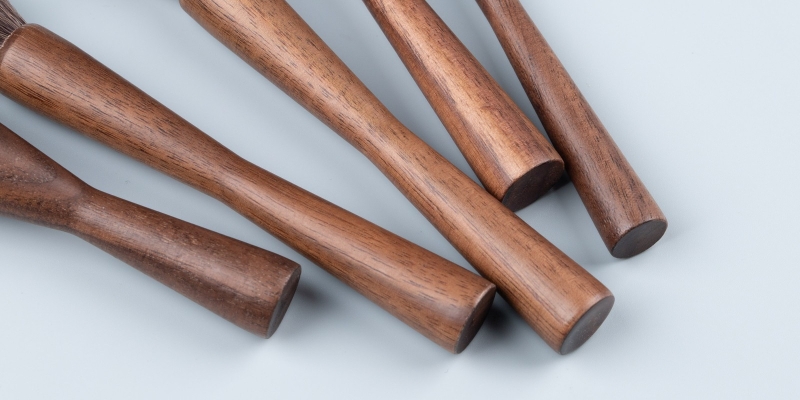+86 198 0337 5938
+86 198 0337 5938
May. 17, 2024
Cruelty-free makeup refers to products that are developed and produced without any form of animal testing. This commitment spans every stage of production, including ingredient sourcing, formulation, and final product testing. Brands labeled as cruelty-free utilize alternative methods such as in vitro testing and human volunteer trials to ensure safety and efficacy, thus promoting ethical standards that prioritize animal welfare.
Ethical Standards: Cruelty-free products embody ethical principles by ensuring no harm comes to animals during their production. This commitment to humane practices resonates with consumers who value animal welfare and ethical responsibility.
Consumer Preferences: There is a growing demand for ethical and sustainable products. More consumers are seeking out cruelty-free cosmetics, driven by a desire to make conscientious purchasing decisions. This trend is pushing more brands to adopt cruelty-free practices to meet market expectations.
Global Regulations and Changing Standards: Legislation in various countries is increasingly restricting or banning animal testing for cosmetics. This regulatory shift is prompting many companies to transition to cruelty-free methods to comply with new laws and consumer expectations.
Environmental and Health Considerations: Cruelty-free brands often engage in more environmentally friendly practices. By avoiding animal testing, these companies also tend to use safer, non-toxic ingredients, benefiting both consumers and the environment.
Positive Brand Image and Marketing Advantage: Brands that adopt cruelty-free practices often enjoy enhanced reputations and a broader consumer base. Committing to cruelty-free products can give companies a competitive edge by aligning with the values of ethically-minded consumers.

Cruelty-Free vs. Animal Testing: Products labeled as cruelty-free ensure no animal testing occurs at any production stage. This includes ingredient sourcing, formulation, and final product testing. In contrast, animal testing involves using live animals to test for safety, efficacy, and adverse effects, often causing significant suffering.
Methods Used: Cruelty-free brands employ non-animal testing methods such as in vitro tests, computer modeling, and human volunteer studies, while traditional animal testing relies on experiments involving live animals.
Ethical Considerations: Choosing cruelty-free signifies a commitment to avoiding harm to animals, while animal testing practices raise ethical concerns due to the suffering inflicted on test subjects.
Transparency and Certification: Cruelty-free brands often display certifications from organizations like Leaping Bunny or PETA, indicating their commitment to ethical practices. Conversely, products tested on animals typically lack such transparency.
Historically, animal testing was the norm in the cosmetics industry, used extensively to evaluate safety and effectiveness. This practice involved subjecting animals to potential harm to identify skin irritations, eye damage, and toxicities. However, a shift towards cruelty-free alternatives has emerged in recent years, driven by growing ethical awareness among consumers and advancements in non-animal testing technologies.
Innovative Alternatives: In vitro testing, computer simulations, and human cell cultures have proven to be effective and reliable alternatives to animal testing. These methods not only eliminate animal suffering but also provide more accurate safety and efficacy data.
Regulatory Changes: Increased legal regulations and global initiatives aim to reduce or eliminate animal testing in cosmetics. Organizations dedicated to animal welfare have been instrumental in advocating for these changes, leading many companies to adopt cruelty-free practices.
Ethical Considerations: Opting for cruelty-free makeup aligns with values of animal welfare, supporting humane practices and opposing animal cruelty in the industry.
Quality and Safety: Cruelty-free products are often of high quality, utilizing innovative research and safe ingredients. These products meet rigorous safety standards without the need for animal testing.
Environmental Impact: Cruelty-free brands typically adopt eco-friendly practices, such as sustainable sourcing, reduced waste, and environmentally conscious packaging. By avoiding animal testing, they reduce their environmental footprint.

Adopting Cruelty-free Practices: Transitioning to cruelty-free methods can be challenging for companies, requiring investments in alternative testing technologies and new supply chain practices. Sourcing cruelty-free raw materials and maintaining quality can also be difficult.
Common Misconceptions: Some consumers believe cruelty-free products are less effective or of lower quality. However, cruelty-free brands often maintain high standards and innovative practices. Another misconception is that all cruelty-free products are vegan, but some may still contain animal-derived ingredients.
Researching Brands: Investigate brands' animal testing policies by visiting their websites, reading official statements, and checking independent reviews. Look for transparency and consistency in their cruelty-free claims.
Recognizing Labels and Certifications: Reliable certifications from organizations like Leaping Bunny and PETA indicate a brand's cruelty-free status. Be wary of misleading labels and ensure certifications are from reputable sources.
Utilizing Reliable Resources: Websites, apps, and databases dedicated to cruelty-free beauty offer valuable information on ethical brands and products. Following cruelty-free advocates and organizations on social media can also provide updates and guidance on making ethical beauty choices.
Choosing cruelty-free makeup supports ethical standards and promotes a more compassionate beauty industry. As consumer preferences shift towards ethical and sustainable products, the cosmetics industry is increasingly embracing cruelty-free practices. By opting for cruelty-free products, consumers contribute to positive change, advocating against animal testing and supporting humane practices in the beauty industry.
Leave a Message
